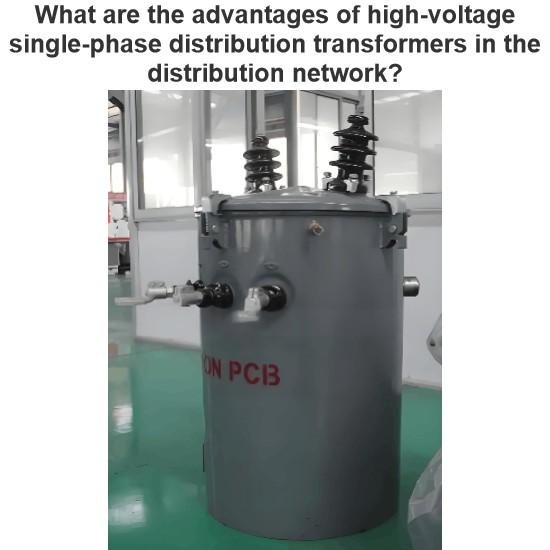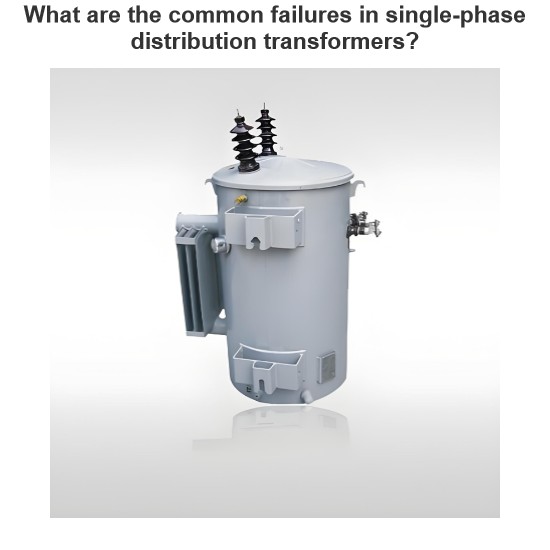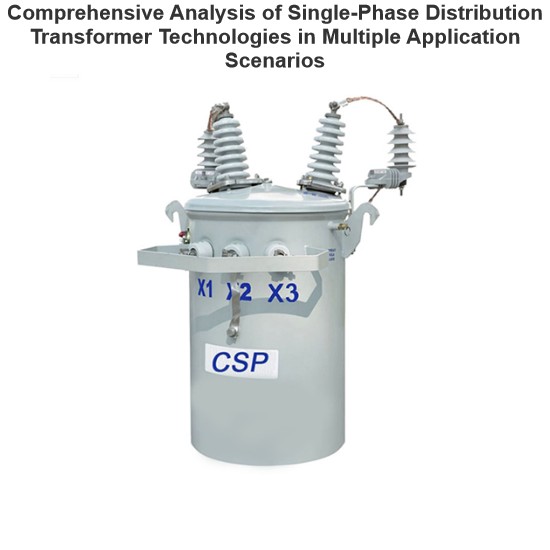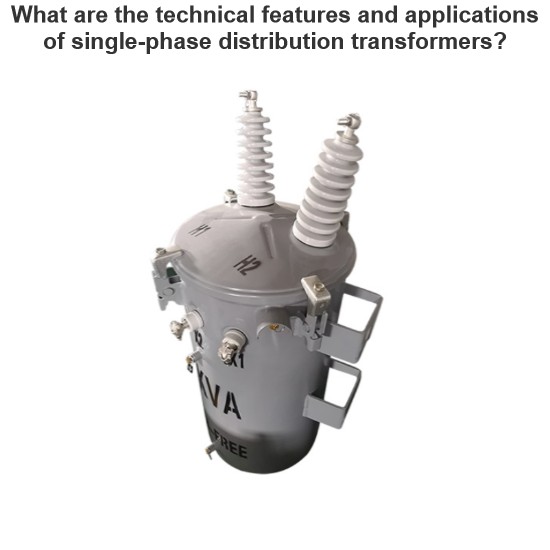What are the basic requirement of electrical substation?
Basic Requirements for a Substation
A substation is a critical facility in the power system, responsible for converting transmission voltages to levels suitable for distribution or further transmission. It not only performs voltage transformation but also handles the protection, control, and monitoring of the power system. To ensure the safety, reliability, and efficient operation of a substation, a series of fundamental requirements must be met. Below are the main requirements for the design and operation of a substation:
1. Safety
Electrical Safety:
Insulation Performance: All equipment within the substation must have excellent insulation properties to prevent current leakage and short circuits. Insulation materials should comply with relevant standards such as IEC and IEEE.
Grounding System: The substation must have a reliable grounding system to ensure that fault currents can quickly flow to the earth, protecting personnel and equipment from harm. Grounding resistance should meet local standards, typically less than 1 ohm.
Lightning Protection: The substation should be equipped with lightning arresters, lightning rods, and other lightning protection devices to prevent overvoltage damage caused by lightning strikes. Lightning arresters should be installed near critical equipment such as transformers and circuit breakers.
Security Fencing and Warning Signs: The perimeter of the substation should be secured with physical fencing, and warning signs should be placed in visible locations to alert unauthorized personnel to stay away from high-voltage areas.
Personal Safety:
Protective Measures: The substation should provide necessary personal protective equipment (PPE) such as insulating gloves, insulating shoes, and safety helmets to ensure the safety of workers during operations and maintenance.
Emergency Lighting and Evacuation Routes: The substation should have an emergency lighting system and clearly marked evacuation routes to facilitate quick evacuation in case of emergencies.
Fire Safety Equipment: The substation should be equipped with fire extinguishers, fire alarm systems, and other fire safety equipment to address potential fire incidents.
2. Reliability
Equipment Selection:
High-Quality Equipment: Key equipment in the substation, such as transformers, circuit breakers, isolators, and instrument transformers, should be of high quality and certified to ensure long-term stable operation.
Redundant Design: For critical substations, redundant designs should be considered, such as dual busbar structures and backup power sources, to enhance system reliability. Even if one component fails, the system can continue to operate.
Regular Maintenance: A comprehensive maintenance program should be established to regularly inspect, clean, and maintain equipment, promptly identifying and addressing potential issues to extend the lifespan of the equipment.
Automation and Monitoring:
SCADA System: Modern substations typically feature SCADA (Supervisory Control and Data Acquisition) systems for real-time monitoring and control of the substation's operational status. Remote monitoring allows for timely detection of abnormalities and immediate action.
Protective Relays: Various protective relays, such as overcurrent protection, differential protection, and distance protection, should be installed to detect and isolate faults, preventing the spread of faults.
Communication System: The substation should have a reliable communication system to ensure smooth information exchange between the control center and other substations.
3. Economic Efficiency
Cost-Effectiveness:
Optimal Design: The design of the substation should balance economic and practical considerations, avoiding overdesign. Efforts should be made to minimize unnecessary investment while meeting functional requirements.
Energy-Efficient Equipment: Low-loss transformers and efficient switching devices should be selected to reduce energy losses during operation, lowering operational costs.
Smart Operations and Maintenance: By introducing intelligent O&M technologies, such as online monitoring and predictive maintenance, the utilization rate of equipment can be improved, reducing downtime and maintenance costs.
4. Environmental Protection
Reducing Electromagnetic Radiation: Measures should be taken to minimize the impact of electromagnetic radiation on the surrounding environment, especially in residential areas. This can be achieved through optimized layout and the use of shielding materials.
Noise Control: Transformers, cooling equipment, and other components in the substation generate noise. Soundproofing measures, such as installing sound barriers and using low-noise equipment, should be implemented to ensure noise levels comply with environmental standards.
Waste Management: A proper waste management system should be established, particularly for hazardous waste such as used batteries and oils. Waste should be handled according to environmental regulations to prevent pollution.
5. Adaptability
Load Growth: The design of the substation should account for future load growth, reserving sufficient expansion space and capacity. As cities develop and electricity demand increases, the substation should be able to flexibly adapt to load changes, ensuring continuous power supply.
Resistance to Natural Disasters: The substation should have strong resistance to natural disasters such as earthquakes, windstorms, and floods. In earthquake-prone or typhoon-prone areas, the building structure and equipment selection should meet corresponding seismic and wind resistance standards.
6. Regulatory Compliance
Compliance with National and Local Standards: The design, construction, and operation of the substation must strictly adhere to national and local laws, regulations, and standards, such as the "Electric Power Safety Work Procedures" and the "Substation Design Code."
Obtaining Necessary Permits: Before construction, all necessary permits should be obtained, including planning permits, environmental impact assessments, and fire safety inspections, ensuring the project's legality and compliance.
Summary
As a crucial part of the power system, a substation must meet multiple requirements in terms of safety, reliability, economic efficiency, environmental protection, adaptability, and regulatory compliance. Through proper planning, high-quality equipment selection, advanced automation technology, and comprehensive maintenance practices, the substation can operate safely, stably, and efficiently, providing reliable power supply to society.
The Electricity Encyclopedia is dedicated to accelerating the dissemination and application of electricity knowledge and adding impetus to the development and innovation of the electricity industry.













